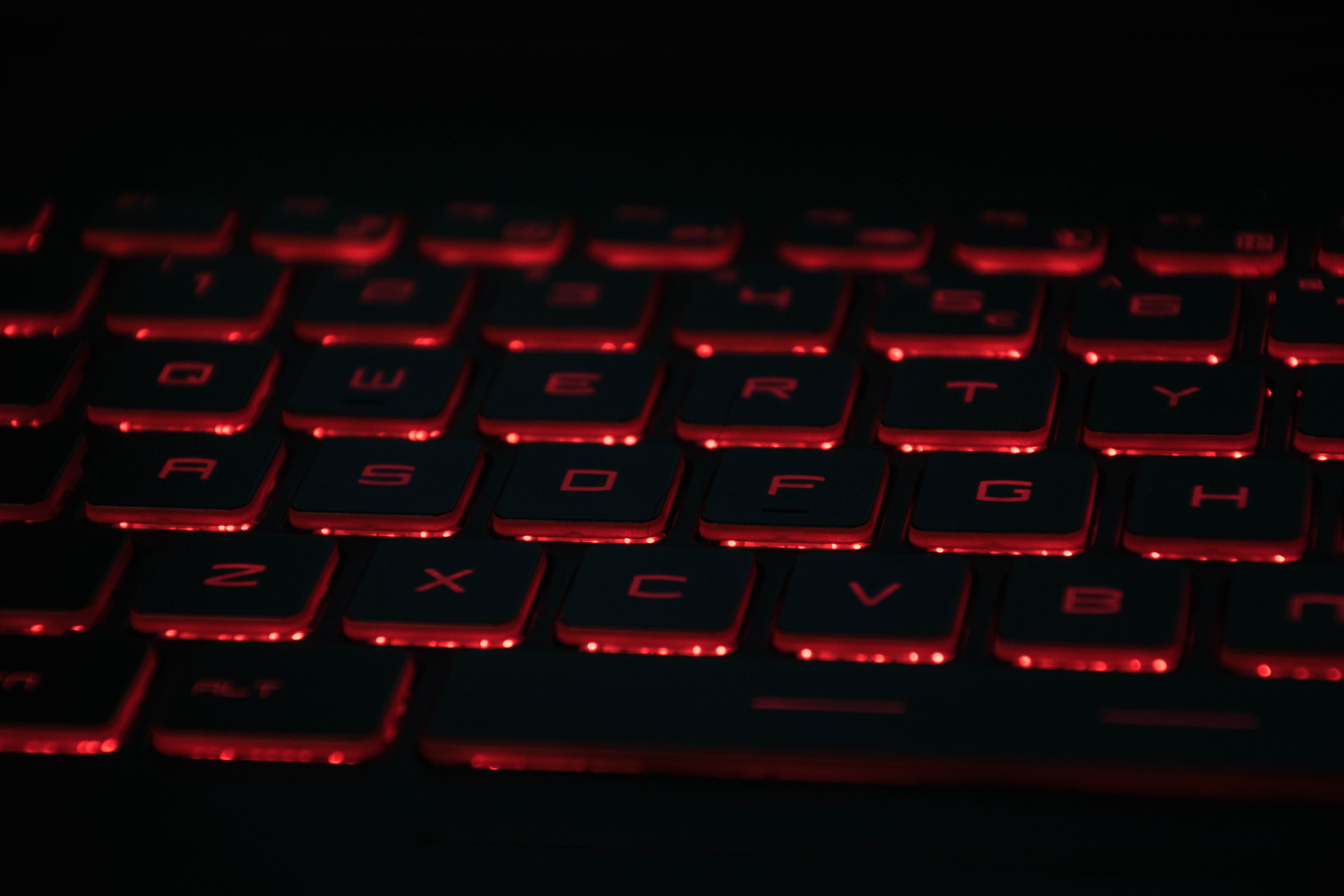
An Introduction to Computers
People have several misconceptions about these seemingly mysterious machines. Some say computers are “Laptops and Desktops” and others claim that everything that uses a battery is a computer. In this computer series I am going to explain exactly what a computer is and exactly how it operates. Get ready for an exciting practical filled series!
Before we get started, let us get to know the absolute basics of what a computer is and how it works. I promise not to get technical. I will only explain the absolute basics that you NEED to know.
What is a Computer?
“A computer is a machine or device that performs processes, calculations and operations based on instructions provided by a software or hardware program. It has the ability to accept data (input), process it, and then produce outputs.” - https://www.techopedia.com/definition/4607/computer
I like this definitions because it brings out the core components of a computer:
Input,
Processing and
Output.
The only thing that this definition left out is the storage aspect.
There are several types, but I feel that this isn’t information that you really need to know all this to know what a computer is. I beilieve that this article did justice to this topic. https://computer.howstuffworks.com/10-types-of-computers.htm
The thing you need to understand is that a computer is simply a clever invention that allows you to tell it stuff then it makes sense out of that stuff and then gives feedback.
Let me give a bad example. Try to think of a kid with a very limited vocabulary of the language of that country placed in a tuckshop. The kid has simple rules taught e.g. what the locals say when they want food, what money looks like, basic maths such as adding and subtracting and not giving people stuff if they do not pay. When you go to the tuckshop and order a burger, the kid automatically knows the price and he takes the burger from the oven. You pay money to him and he gives you your burger. You then have a lovely meal.
In this scenario, we are taking the kid to be the computer. The kid gets inputs from you. Inputs come in the form of visual indications e.g. sign language or pointing at stuff and speech. The kid then processes the inputs e.g. Big guy point at burger means Big guy want burger. He then asks for money, processes it again to see if it is real money by taking a quick glance. The outputs are your change and your burger. If you ask the kid what the meaning of life is you won’t get an answer. He is only programmed to give you burgers and give appropriate change.
Now that you know the basics, its time to get deeper.
Computers are made up of four core components. These are:
Input devices
Processing devices
Output devices
Storage devices
Input Devices
These are the things that allow you to enter stuff into your computer. Say you want to type an assignment. How do you enter words into your computer? Do you smack your screen? Or do you stare at your screen and expect words to magically flow into your computer? You probably do not. You use a keyboard and a mouse.
There are several input devices that are available. Here is a very long list: Mouse, keyboard, camera, touchscreen interface, barcode scanner, microphone, scanner, biometric sensor.
Here’s the proper definition just in case you want it:
An input device by definition is a piece of hardware that enables data to flow into a computer. - https://www.techwalla.com/articles/the-definition-of-input-devices
Processing Devices
These are the things that act as the brain of the computer. You see, computers are different from you and I. They understand things in binary. Binary simply means a 1 or a 0. So each an every command is interpreted as either a 1 or a 0. For example, when you type the letter “a,” it is interpreted as a series of zeroes and ones. This means that all the letters in this blog are each represented by a series of zeros and ones...more about that later. The computer gets millions of instructions that it has to process and all of these are in the form of zeroes and ones.
The two most common processing devices in a modern computer are the Central Processing Unit (CPU)and the Graphics Processing Unit (GPU)
Here’s the proper definition just in case you want it:
When a computer receives data from an input device (e.g., keyboard), the data goes through an intermediate stage before it's sent to an output device (e.g., monitor). A processing device is any device in a computer that handles the intermediate stage of processing the incoming data. - https://www.computerhope.com/jargon/p/procdevi.htm
Output Devices
These are the devices that display the result of processing. After a computer has finished processing stuff, we want to see what it has produced. This is done by the use of output devices. It is important to note that output from a computer is divided into two – hardcopy and softcopy. If you can feel it or touch it, then it is a hard copy output. If you cannot feel it or touch it then it is soft copy.
Softcopy output examples: Text on your monitor, sound from your speakers, a movie that you are playing from your computer on your TV
Hardcopy output examples: That assignment you copied from the internet and printed.
Here is a list of output devices: monitors, printers, speakers, projectors, television screens, earphones and headphones.
Here’s the proper definition just in case you want it:
An output device is a piece of computer hardware that receives data from a computer and then translates that data into another form. That form may be audio, visual, textual, or hard copy such as a printed document. - https://turbofuture.com/computers/Computer-Basics-10-Examples-of-Output-Devices
Storage Devices
These are the devices that store stuff. Storage devices can usually store all sorts of stuff. This stuff includes: text, audio, video and images.
Here is a list of examples: hard drives, solid state drives, USB flash drives, memory cards, Compact Disks (CD) and Digital Versatile Disks (DVD). I have no idea why textbooks list ancient technology such as floppy disks, magnetic disks and stuff like that. Who uses that stuff nowadays?
Here’s the proper definition just in case you want it:
Alternatively referred to as digital storage, storage, storage media, or storage medium, a storage device is any hardware capable of holding information either temporarily or permanently. - https://www.computerhope.com/jargon/s/stordevi.htm
It’s Practical Time!
On this blog I really enjoy having you do practical stuff. This is not a mass memorization institute like those found everywhere in the world. In this practical, we will identify various input, storage and output devices from the images below. I won’t give any answers to make it fun : )
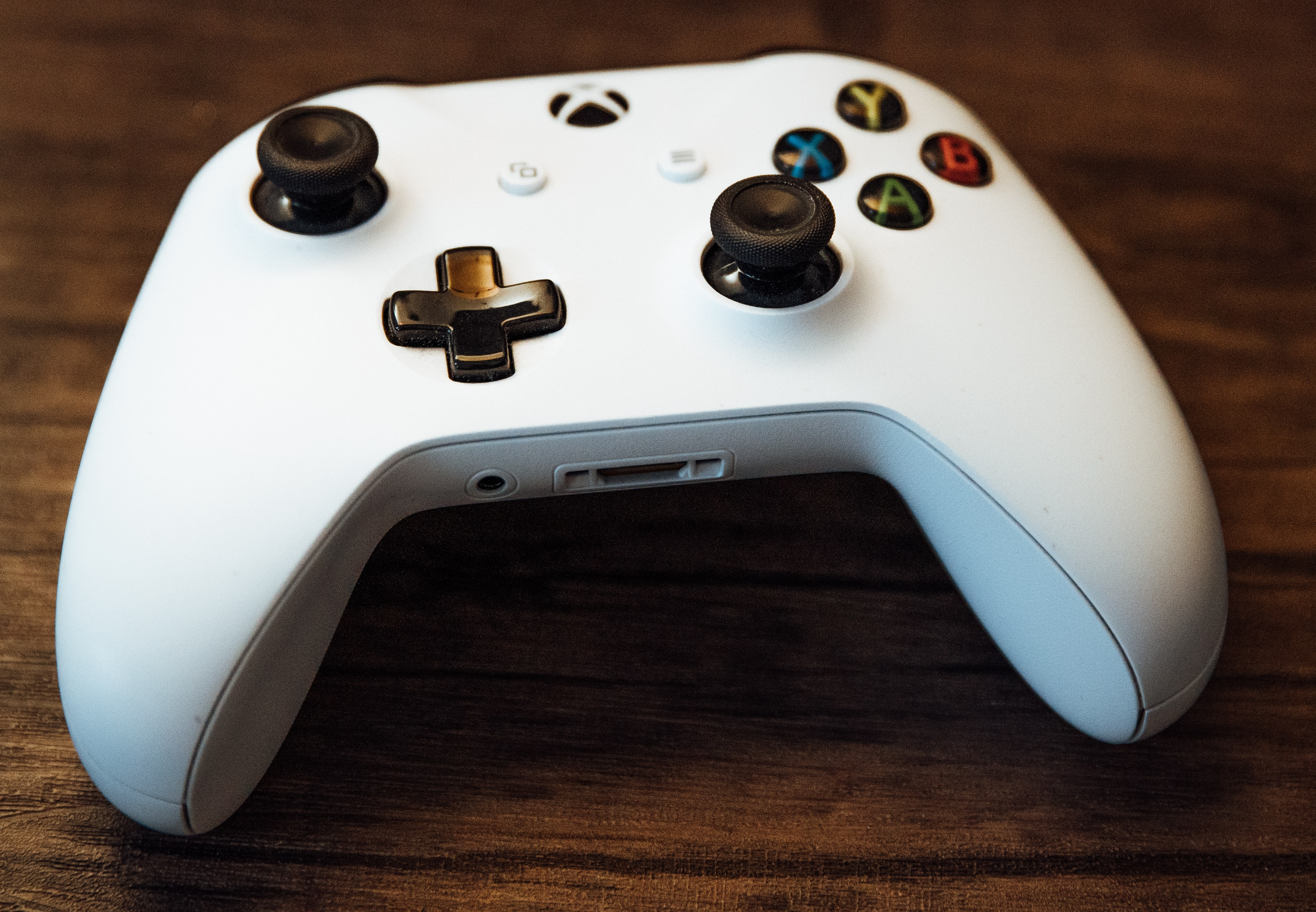
Identify all input, storage and output devices in the above photo, PHOTO ONE
Hint: This is an easy one!
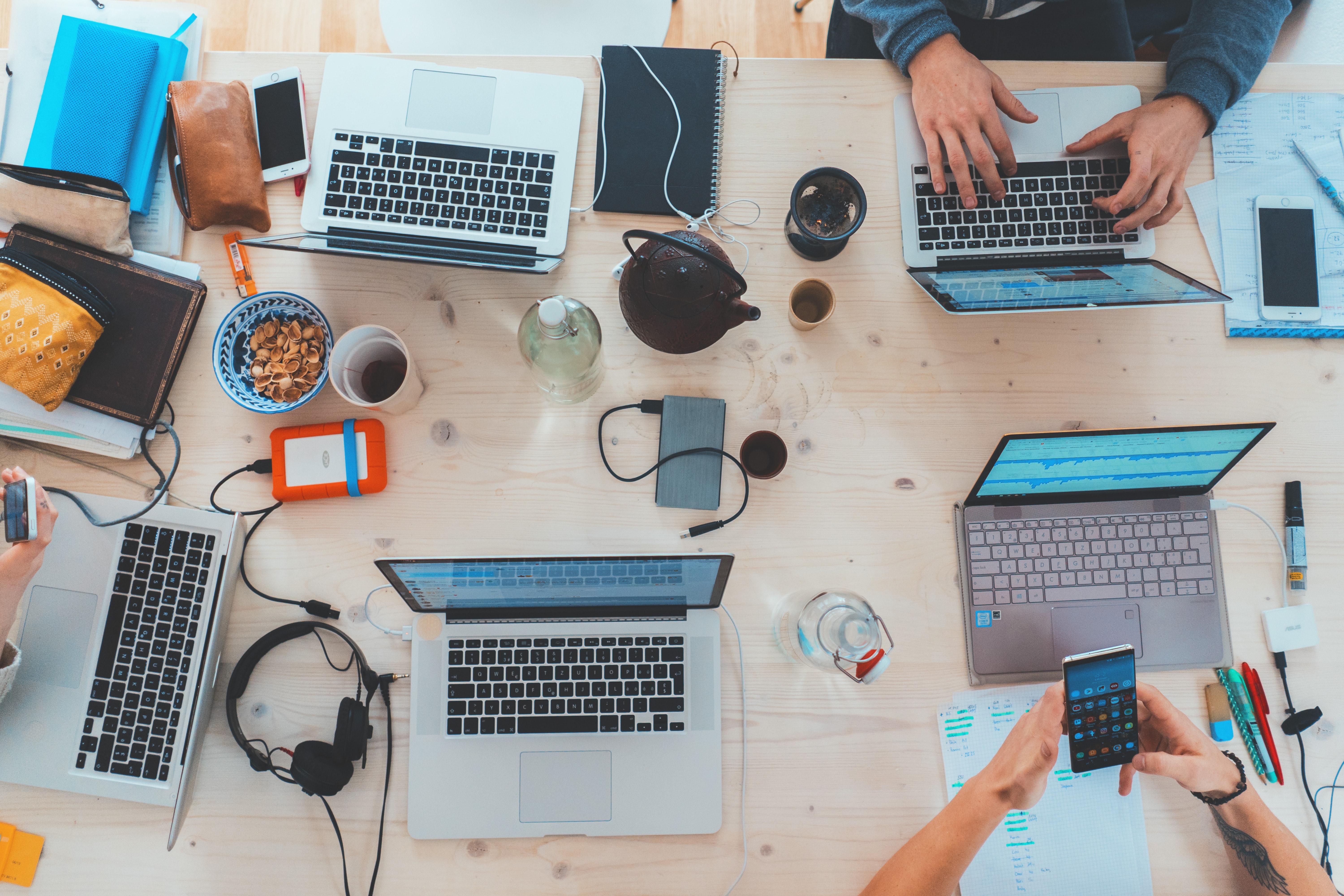
Identify all input, storage and output devices in the above photo, PHOTO TWO
Hint: A phone can be an input device if used as a camera, or a storage device if used to transfer stuff between the computer and it.
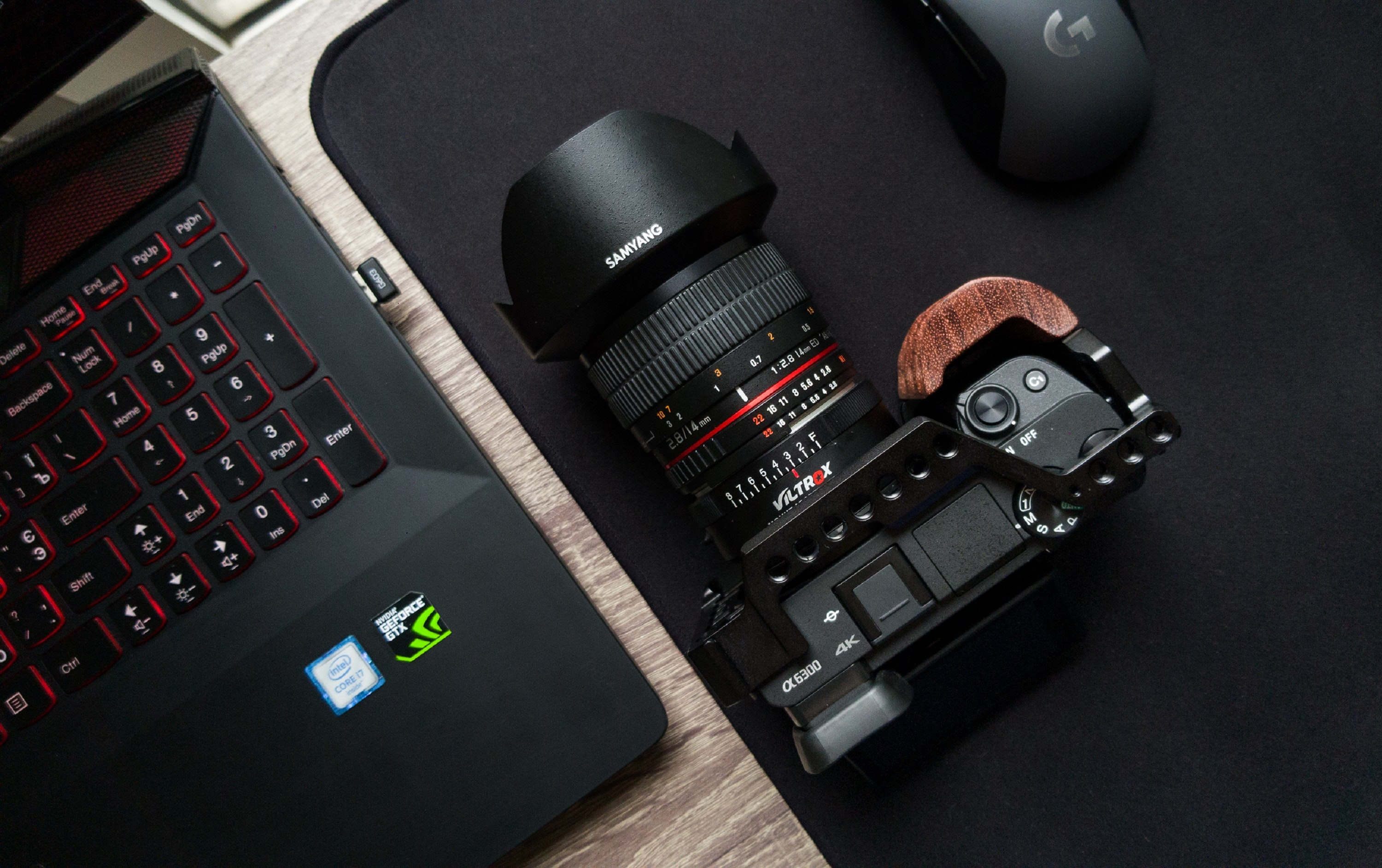
Identify all input, storage and output devices in the above photo, PHOTO THREE
Hint: there are three input devices I can see there!

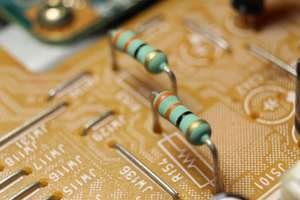

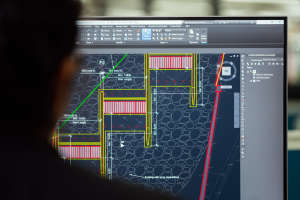
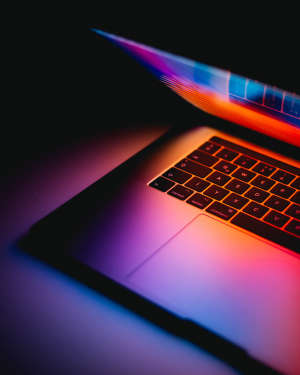
Comments